From $150 to $10,000+: Deciphering the Price Range of Pearls

Welcome to "From $150 to $10,000+: Deciphering the Price Range of Pearls," your essential guide to navigating the intricate world of pearl pricing.
Pearls, those luminous treasures of the sea, have captivated humanity for centuries with their timeless elegance and understated beauty.
In this informative journey, we will unravel the enigma surrounding the cost of pearls, revealing a vast spectrum that spans from a modest $150 to the abundant realm of $10,000 and beyond.
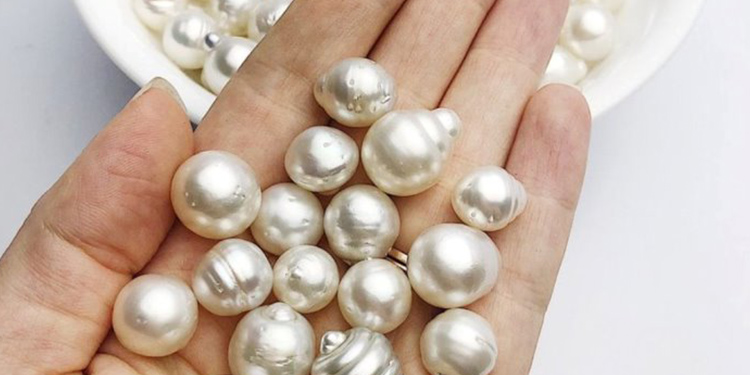
Understanding this wide range is crucial, as it enables us to appreciate the diversity of available pearls, from freshwater to the South Sea, each with unique characteristics.
Moreover, uncovering how to acquire pearls at prices up to 80% lower than their retail value can be a game-changer, making these exquisite gems more accessible.
Join us as we delve into the depths of pearl pricing, demystifying the factors that influence their value and equipping you with the knowledge to make informed decisions when acquiring these precious treasures.
Factors Affecting Pearl Value
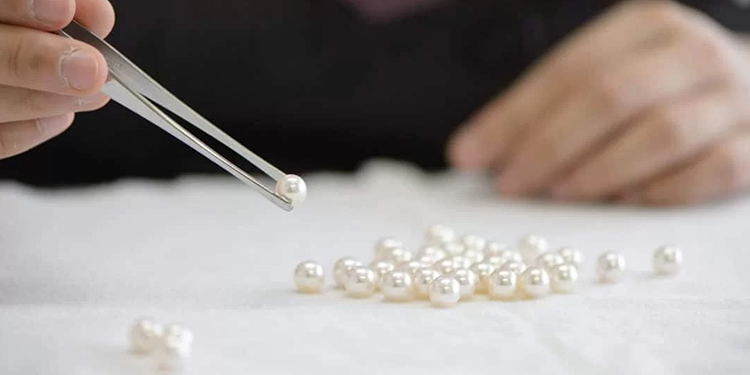
The value of a pearl is a complex equation influenced by a medley of factors that together define its worth in the world of jewellery.
Let's explore these pivotal elements that shape the essence of a pearl's value.
1. Luster:
Luster, often described as a pearl's inner glow or radiance, is perhaps the most significant determinant of its value.
This ethereal quality results from the pearl's layers of nacre, which refract and reflect light, creating a luminous sheen.
Pearls with a high, mirror-like lustre are considered the most valuable due to their captivating and luxurious appearance.
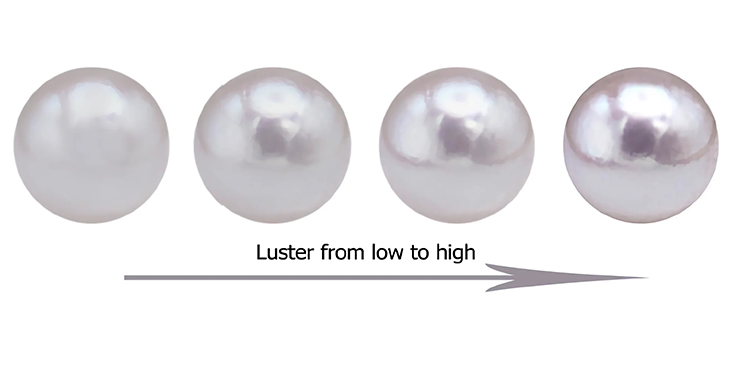
2. Surface Quality:
The surface of a pearl plays a crucial role in its value.
Flawless pearls with minimal blemishes and imperfections command higher prices.
A smooth, unblemished surface enhances the pearl's overall visual appeal, as any flaws can detract from its beauty.

3. Size:
Size matters when it comes to pearls.
Large ones are more valuable than their smaller counterparts.
Cultivating larger pearls requires more time and resources, making them rarer and pricier.

4. Shape:
Pearls have various shapes: round, near-round, oval, button, drop, and baroque.
Among these, perfectly round pearls are the most valuable, as their symmetrical shape is considered elegant.
However, other shapes can also be highly prized for uniqueness and charm.
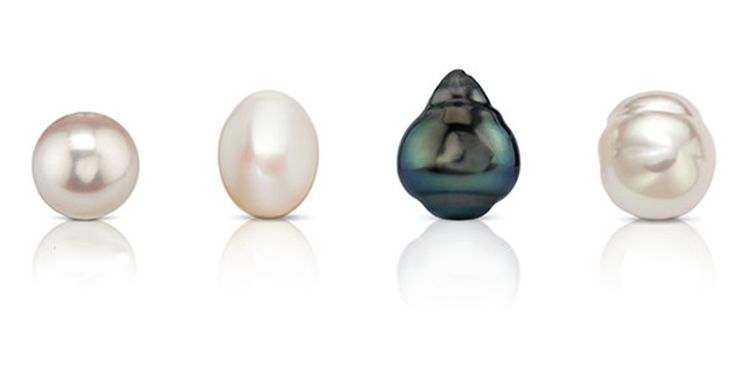
5. Color:
The color of a pearl can significantly affect its value.
While classic white or cream-coloured pearls are timeless and in demand, pearls also come in a spectrum of hues, from pink and lavender to black and golden.
The rarity and desirability of a particular color can significantly influence a pearl's worth.
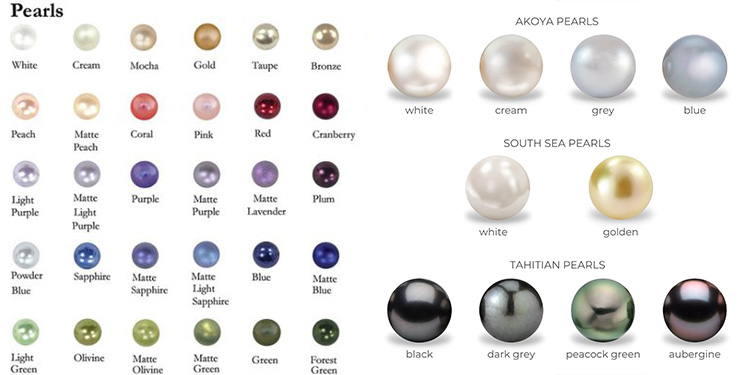
The Misleading Nature of Pearl Grading
Delving into the realm of pearls, one encounters a fascinating but often perplexing aspect – the pearl grading system, often expressed through the familiar A to AAA scale.
While this grading system aims to provide a semblance of uniformity in evaluating pearls, its misleading nature becomes evident upon closer scrutiny.
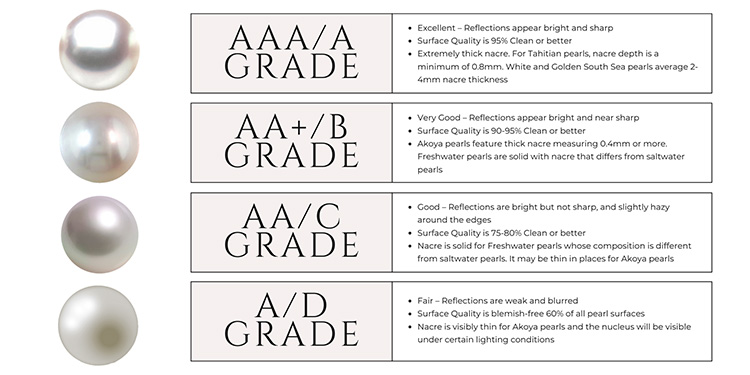
The conventional pearl grading scale, ranging from A (the lowest) to AAA (the highest), is widely recognised.
However, here lies the challenge: the interpretation of these grades can vary significantly between brands and jewellers.
What one brand considers a AAA-quality pearl might need to meet a different standard at another establishment.
Hence, it becomes paramount to comprehend that these letter grades are most valuable when comparing pearls within the same brand or jeweller's collection.
They offer a relative quality assessment, helping consumers discern differences between pearls a particular source offers.
However, these grades lose their uniformity when making cross-brand comparisons and might lead to misconceptions.
Example: How Much Does a Classic Pearl Necklace Cost?
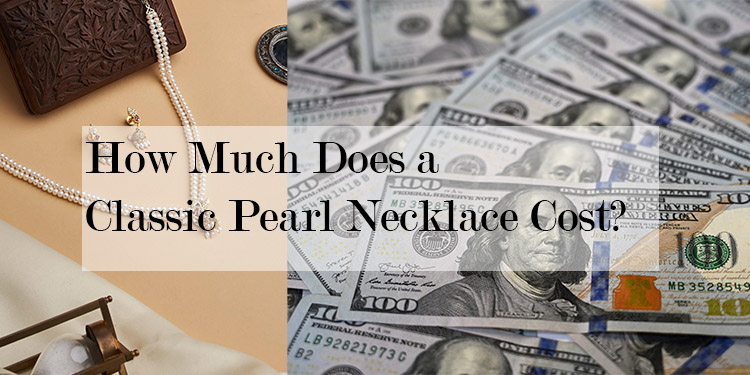
Let's explore the pricing intricacies of a classic white Akoya pearl necklace. Imagine adorning yourself with the timeless elegance of such a piece—a symbol of sophistication and grace.
The price of a classic Akoya pearl necklace can vary significantly, from a modest £250 to a luxurious £5000 or more.
Consider renowned brands like Mikimoto and Pure Pearls, both esteemed for their quality.
A Mikimoto necklace featuring lustrous, hand-selected pearls with a signature clasp may fetch a premium price, often exceeding the £3000 mark.
On the other hand, Pure Pearls offers a more budget-friendly option with comparable Akoya pearls, retailing for around £1000.
The price disparity arises from pearl size, lustre, surface quality, and brand reputation—larger, blemish-free pearls with exceptional lustre command a higher price.
While Mikimoto is a pinnacle of pearl craftsmanship, Pure Pearls provides an accessible alternative without compromising quality.
How to Find Pearls You Can Trust
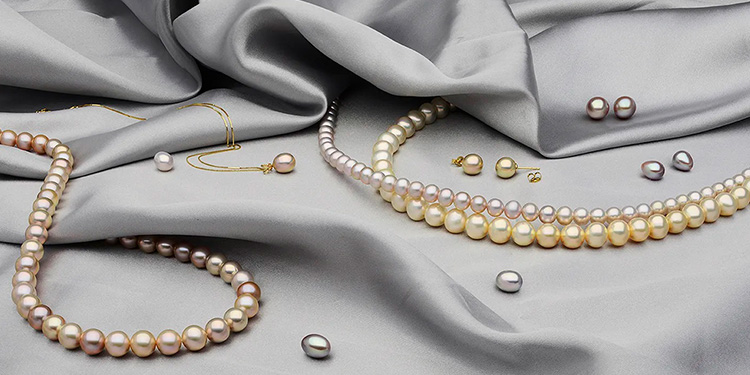
In the realm of pearls, trust is an invaluable currency. The journey to acquiring pearls of exceptional quality and authenticity begins with finding trusted pearl brands.
Recognised names such as Mikimoto and Tiffany's have long established themselves as paragons of pearl excellence.
These high-end brands have garnered a reputation built on craftsmanship, integrity, and uncompromising quality.
However, it's worth noting that trust need not always come at a premium.
Extensive research can be your key to unlocking remarkable value without the burden of excessive markups.
Investigate lesser-known but reputable pearl dealers and jewellers, read reviews, seek recommendations, and scrutinise the certifications accompanying the pearls.
This diligent approach allows you to uncover hidden gems within the market, ensuring that your pearl investment is trustworthy and economical.
Remember, the quest for trusted pearls is not only about prestige; it's about finding genuine beauty that stands the test of time.
Cost Breakdown by Type of Jewellery
Indeed, let's explore the cost breakdown of various types of pearl jewellery, highlighting the price ranges associated with each category.
Real Pearl Necklaces
1. Freshwater Pearl Necklaces: The price range for freshwater pearl necklaces can vary considerably.
You can find simple and elegant freshwater pearl necklaces at around £150. Still, prices can go up to £1,000 or more for high-quality, intricate designs featuring larger pearls and additional embellishments.
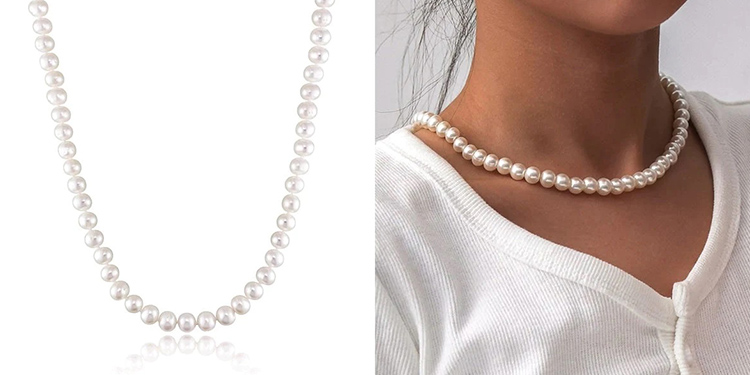
2. Akoya Pearl Necklaces: Akoya pearl necklaces typically command a higher price due to their exceptional luster and smooth, round shape.
Prices for Akoya pearl necklaces can range from approximately £500 to several thousand pounds.
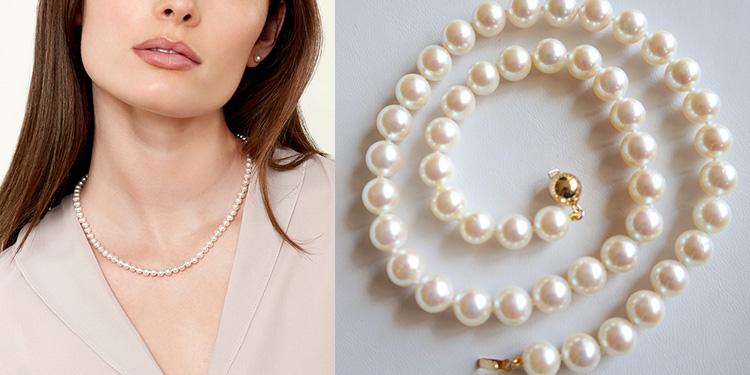
3. Tahitian Pearl Necklaces: Tahitian pearls, known for their exotic dark hues and striking overtones, come at a premium.
A Tahitian pearl necklace can start at around £800 and reach the thousands, with rare and larger specimens commanding top prices.
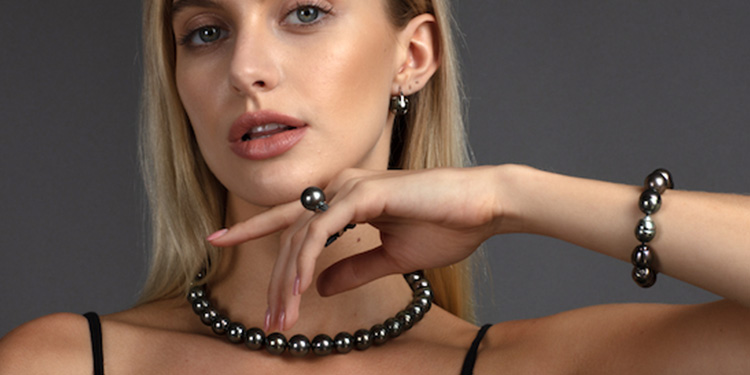
4. South Sea Pearl Necklaces: South Sea pearls, prized for their remarkable size and luxurious appearance, are among the most expensive.
A South Sea pearl necklace can start at £2,000 and easily surpass £10,000, depending on size, shape, and lustre.
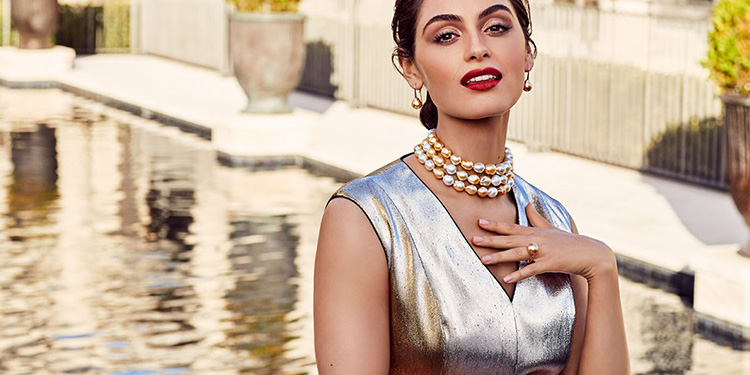
Real Pearl Earrings
1. Freshwater Pearl Earrings:
Simple freshwater pearl stud earrings can be affordable, starting at as low as £50.
However, more elaborate designs or larger pearl sizes can push the price range to around £300 or more.
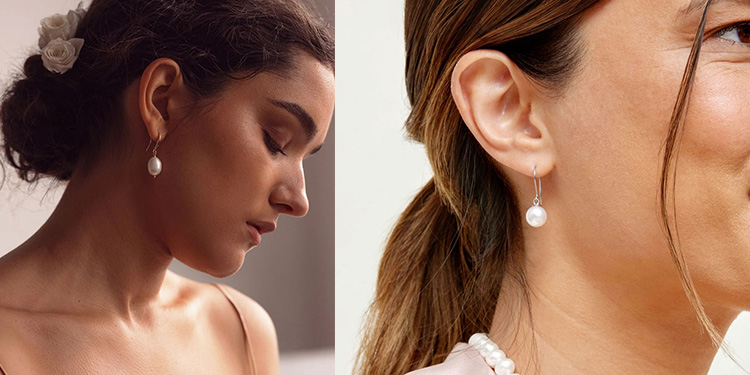
2. Akoya Pearl Earrings:
Akoya pearl earrings, known for their pristine beauty, typically range from £200 to £1,500 or more, depending on factors like pearl quality and the design of the earrings.
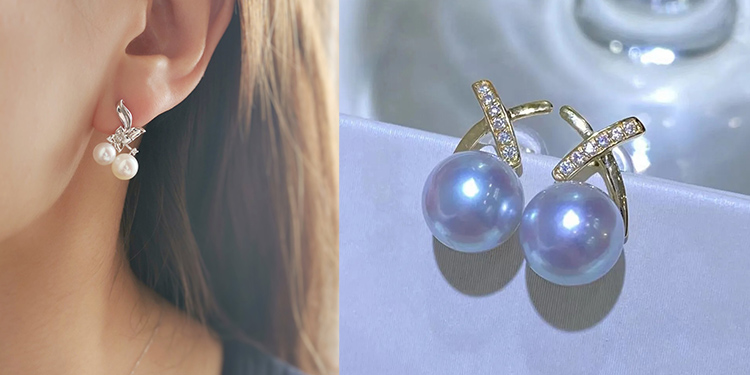
3. Tahitian Pearl Earrings:
With their exotic allure, Tahitian pearl earrings often start at around £400 and can go up to a thousand pounds for premium pieces featuring larger pearls and intricate settings.
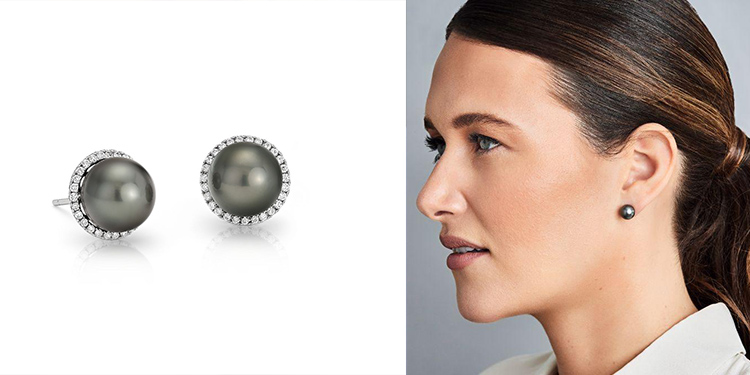
4. South Sea Pearl Earrings:
South Sea pearl earrings are a luxury investment, typically starting at £1,000 and reaching well beyond £5,000 for exceptional quality and size.
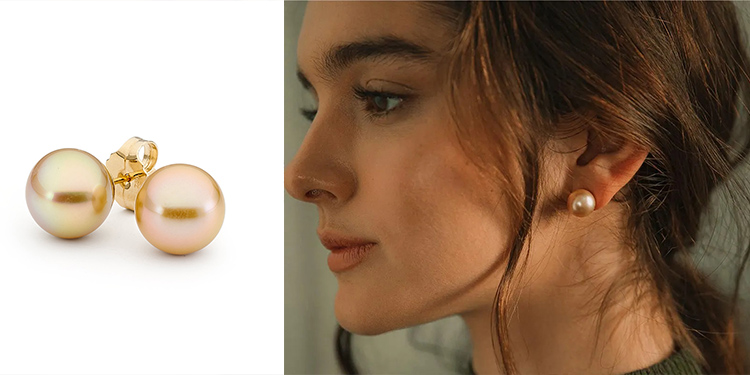
Real Pearl Bracelets
1. Freshwater Pearl Bracelets:
Freshwater pearl bracelets are available in a wide price range, from approximately £50 for simpler designs to around £300 or more for more elaborate styles with larger pearls or additional gemstone accents.
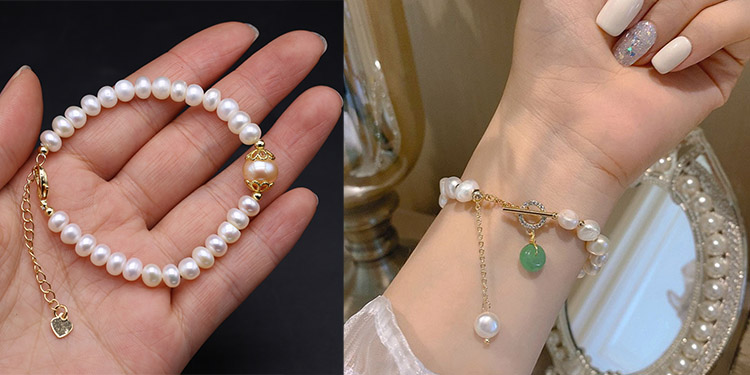
2. Akoya Pearl Bracelets:
Akoya pearl bracelets, admired for their elegance, can range from £300 to £2,000 or more, depending on factors such as pearl quality and bracelet design.
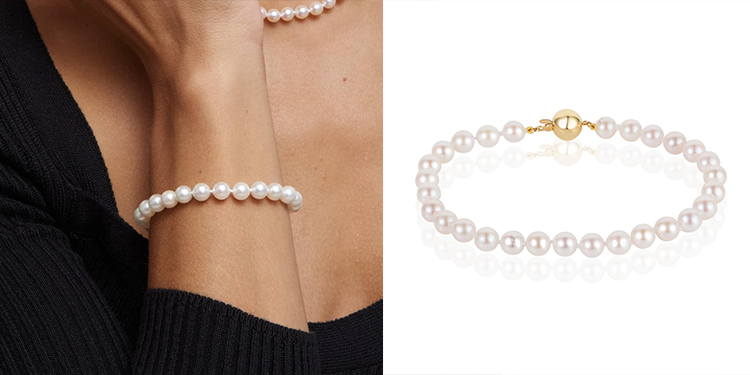
3. Tahitian Pearl Bracelets:
With their unique charm, Tahitian pearl bracelets often start at around £500 and can reach several thousand pounds for top-quality pieces with larger pearls and intricate craftsmanship.
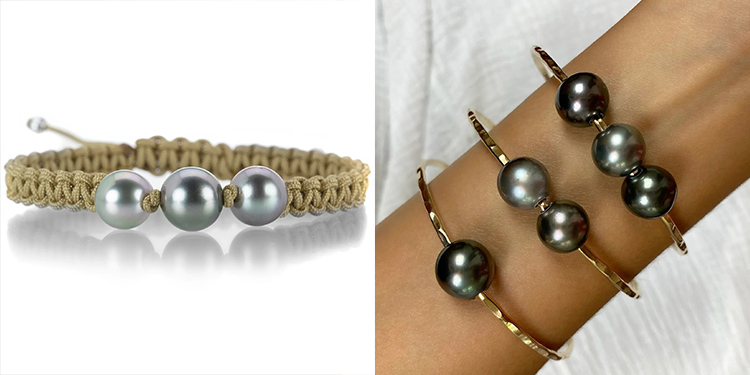
4. South Sea Pearl Bracelets:
South Sea pearl bracelets are the epitome of luxury, typically starting at £1,500 and soaring to several thousand pounds for exquisite designs featuring larger pearls and precious metals.
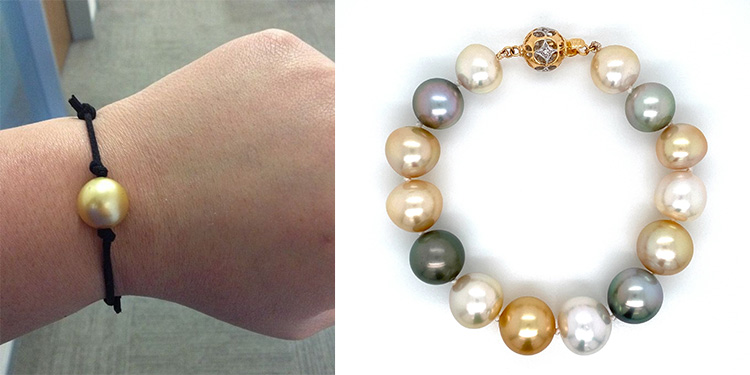
Understanding these price ranges for different types of pearl jewellery is essential when making informed purchases, ensuring you find the perfect balance between quality and affordability.
Cost Breakdown by Type of Pearls
When understanding the cost of pearls, it's essential to delve into the intricate world of pearl types, each with its distinct price range.
Here, we break down the cost by the type of pearls:
1. Freshwater Pearls
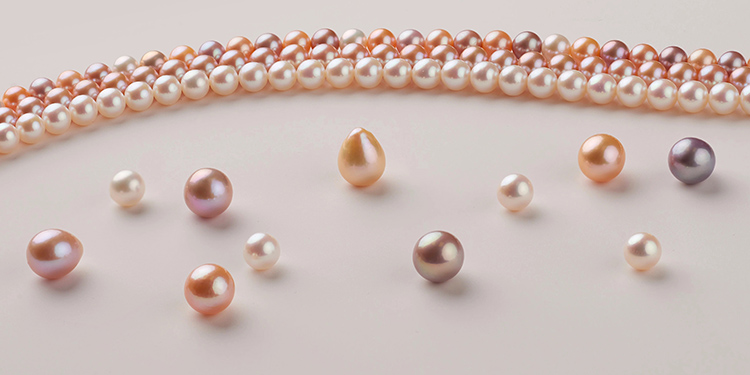
Price Range: Freshwater pearls are often the most affordable, ranging from $150 to $2,500.
The price variation depends on size, shape, luster, and surface quality.
2. Akoya Pearls
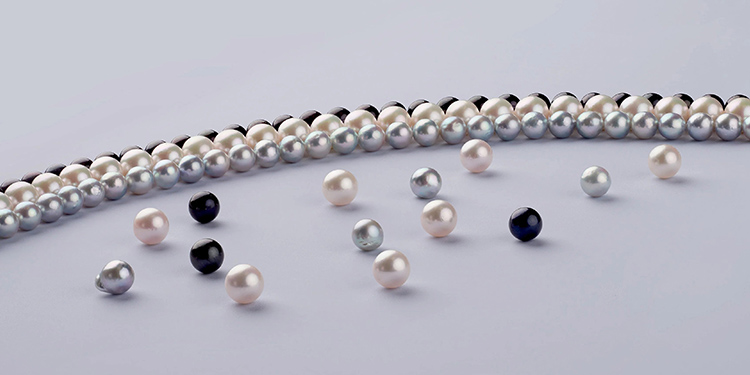
Price Range:
Akoya pearls, known for their classic round shape and high lustre, typically fall from $300 to $10,000.
The price increases with larger sizes and better quality.
3. Hanadama Akoyas
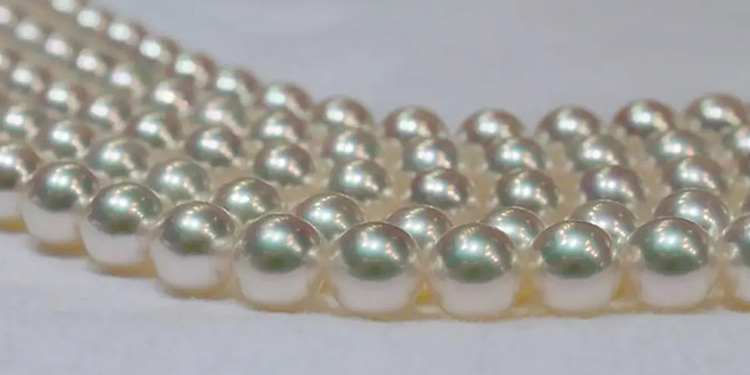
Price Range:
Hanadama Akoya pearls represent the finest quality among Akoya pearls, featuring exceptional luster and minimal surface imperfections.
Depending on size and quality, they can command prices ranging from $1,000 to $10,000 and beyond.
4. Tahitian Pearls
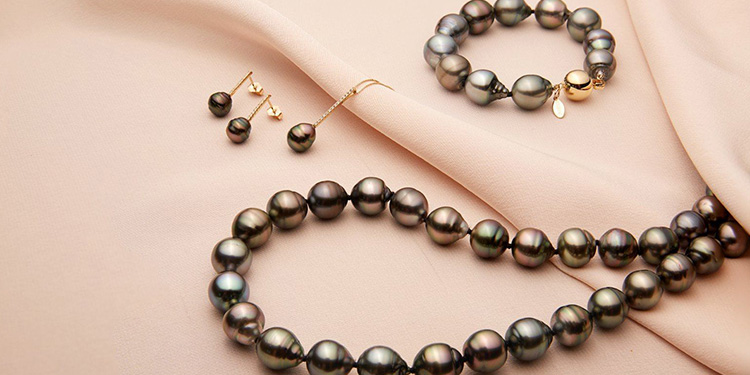
Price Range: Tahitian pearls, with their exotic dark colors and unique overtones, generally cost between $300 and $10,000.
Larger, well-rounded pearls with exceptional color and luster are at the higher end of this range.
5. South Sea Pearls
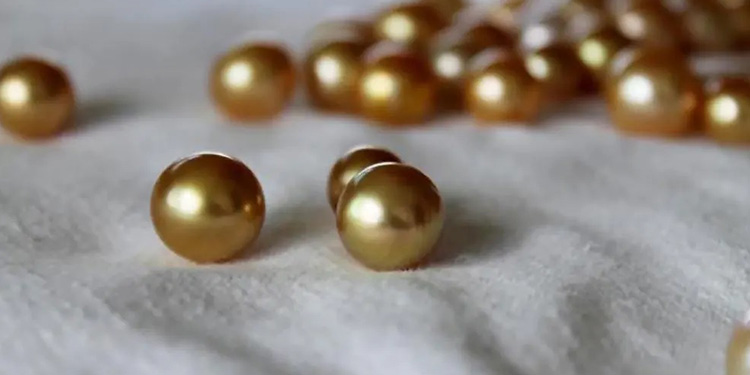
Price Range: South Sea pearls, renowned for their impressive size and exquisite beauty, are among the most expensive.
Prices typically start at $1,000 and surpass $10,000, often reaching the tens of thousands, particularly for the most significant and finest specimens.
Understanding the price range for each type of pearl allows enthusiasts and buyers to make informed choices, considering their budget and the qualities they desire in their pearls.
It's important to note that within each category, there is a wide variation in prices due to factors such as size, shape, color, luster, surface quality, and overall rarity.
Therefore, exploring the nuances of pearl pricing within these categories can lead to more informed and satisfying purchases.
Conclusion

The world of pearl pricing is a captivating journey through diverse ranges, from the modest to the wealthy.
With knowledge about the factors influencing pearl value, the nuanced nature of grading, and price breakdowns by pearl type and jewellery, you are well-equipped to make informed decisions in pursuing these timeless treasures.
Happy pearl hunting!


Leave a Comment